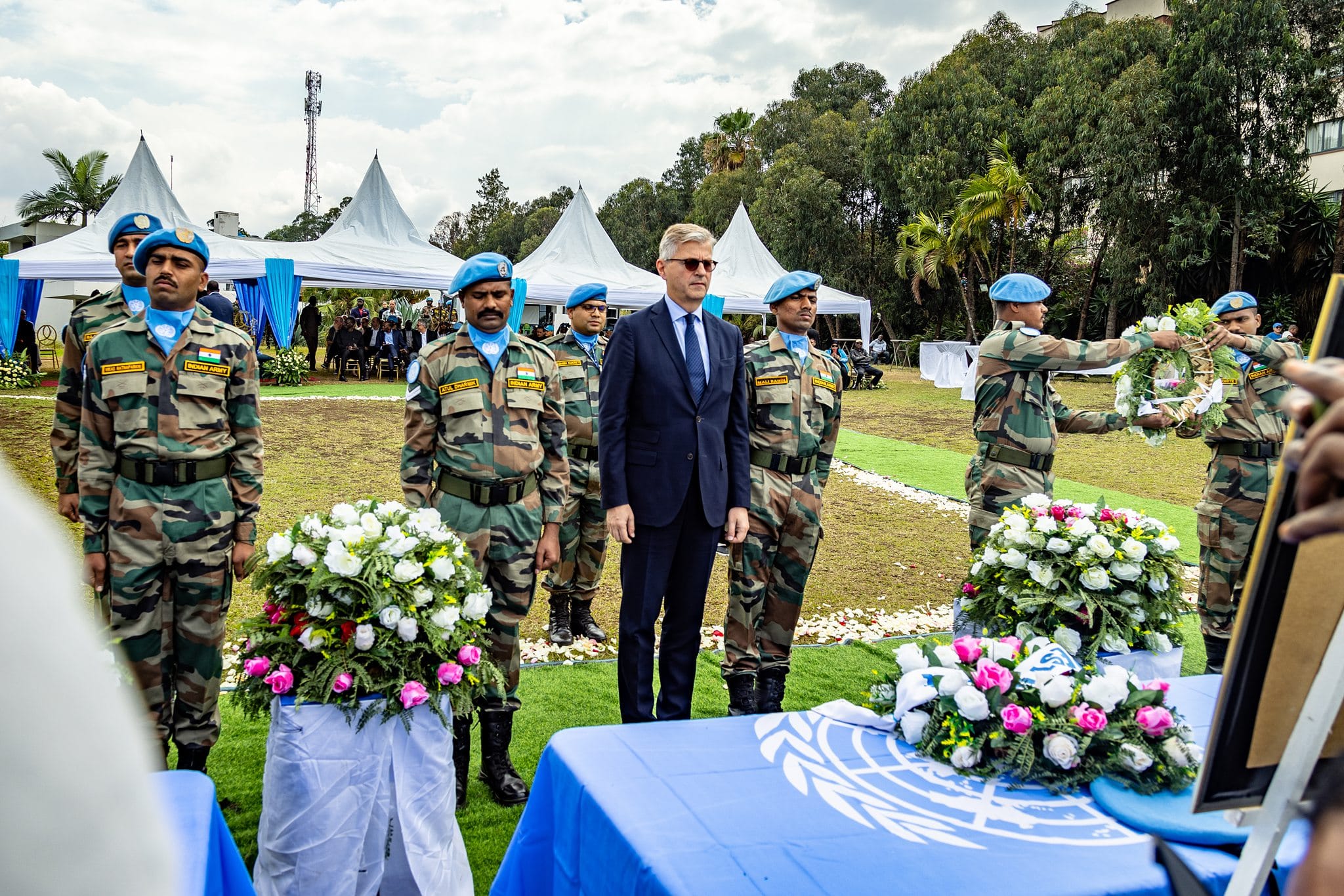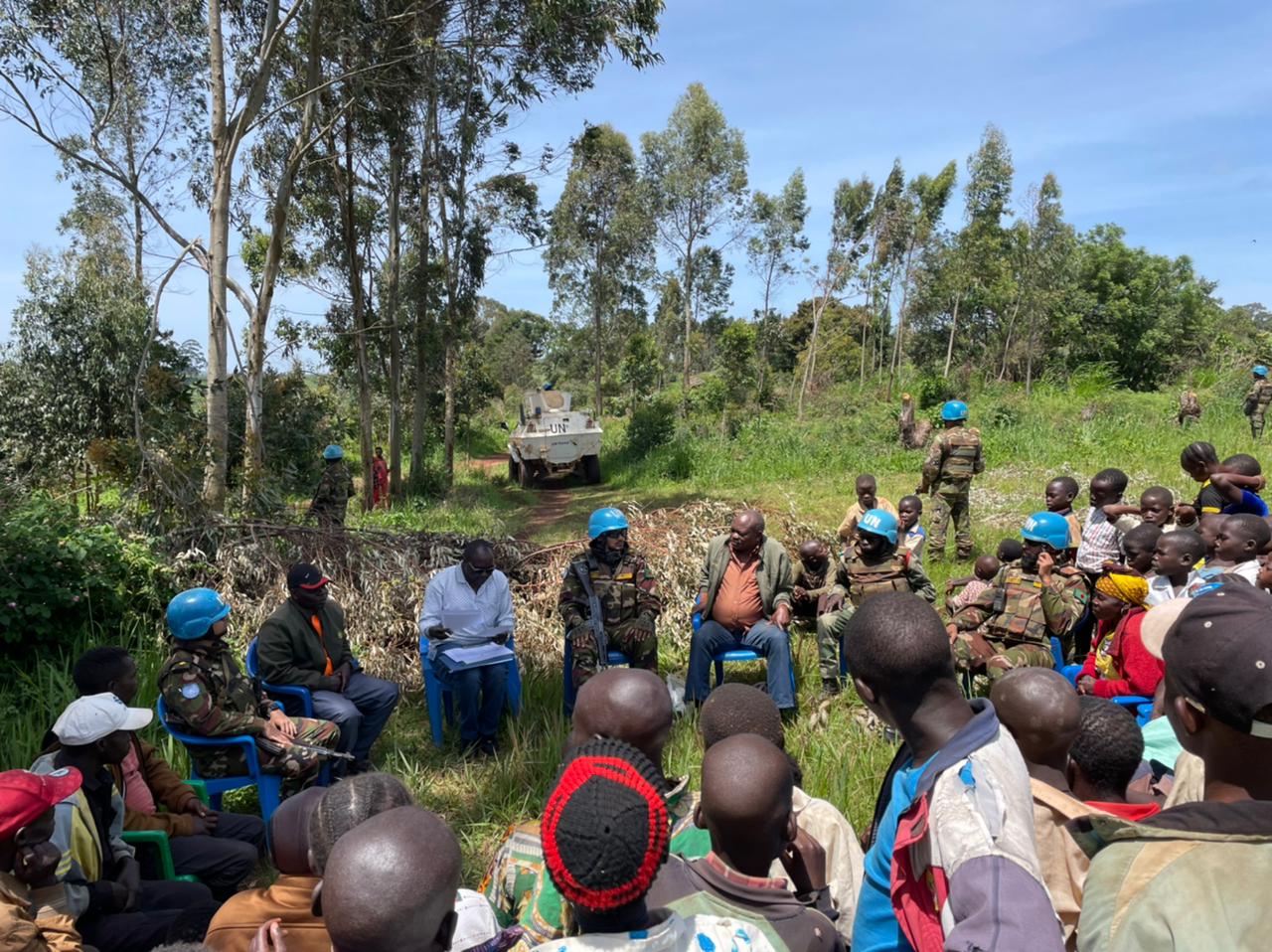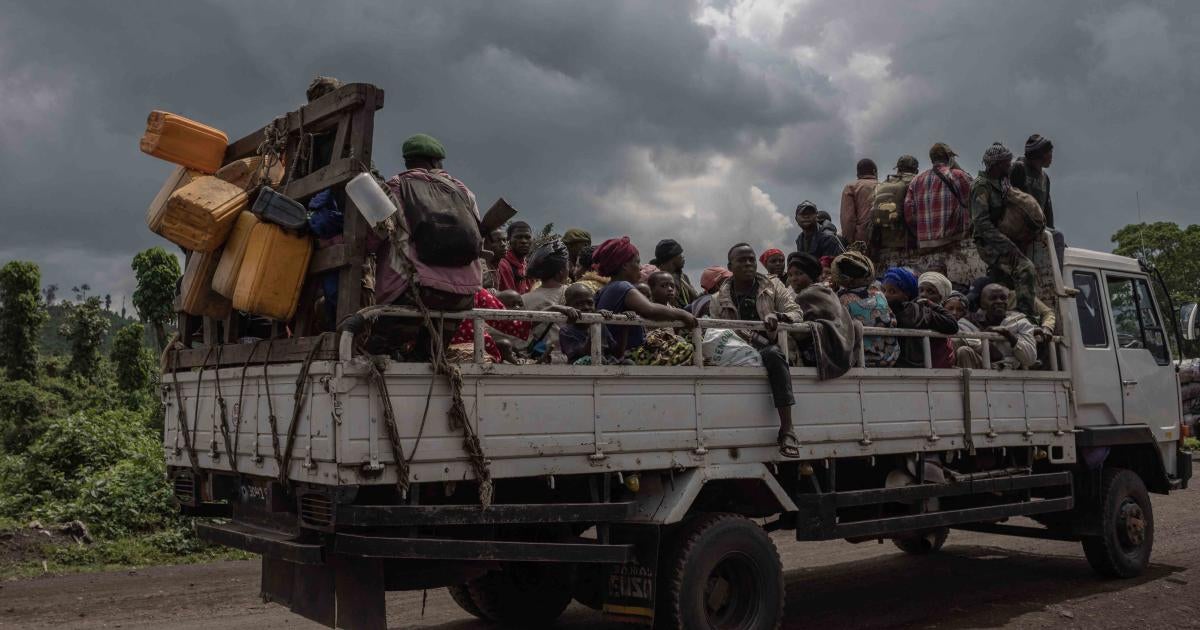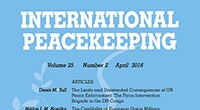What is happening?
Since July 2022 the Democratic Republic of Congo (DRC) has seen a series of protests against MONUSCO, the UN peacekeeping mission deployed in the DRC. The protests took place in multiple cities in eastern DRC, which has recently seen an increase in armed group activity. The protestors voiced their anger towards the UN for being unable to protect civilians against the violence of armed groups. Considering that the UN Security Council needs to renew MONUSCO’s mandate in December 2022, now would be a good time to assess whether UN peacekeepers are still welcome in the DRC.
Protests against MONUSCO are not a new phenomenon in the DRC, anti-MONUSCO sentiments have flared up at moments of increased insecurity in eastern DRC. 2019 also saw large-scale protests against MONUSCO shortly after the ADF armed group committed atrocities against civilians in North Kivu that the UN was unable to prevent. Still, this recent string of demonstrations is noteworthy for its scale and violence. One demonstration escalated significantly when UN peacekeepers opened fire on protestors, killing two people. Overall, protests in July alone have caused the death of thirty-six, including four peacekeepers.
In September and October there were again demonstrations against MONUSCO, with protestors trying to set fire to a UN base in Rutshuru. In November, a group of civilians attacked a MONUSCO convoy in Kanyaruchinya. It should be noted however that not all protests have been violent, for example, an initiative in Goma organised ‘une journée ville-morte’ – a ghost-town day– to demand the departure of MONUSCO.

What is the historical context?
Since 1999 there have been several iterations of UN peacekeeping in the DRC. Despite changes in the mission, the mandate has included the protection of civilians in one form or another since 2000. To the frustration of the Congolese population and politicians, MONUSCO has, however, not always lived up to the ambition of its mandate. The UN has been accused of failing to protect civilians from violence by armed groups at several times.
A turning point in the history of MONUSCO was the capture of Goma by the armed group M23 in November 2012. The fall of Goma led to local and international outcry over the UN’s inability to stop the rebel group from capturing the city. In response to the capture of Goma, MONUSCO’s mandate was further expanded by the addition of the Force Intervention Brigade (FIB) in 2013. The FIB has the exceptional mandate to undertake unilateral offensive actions to neutralise designated rebel groups, whereas peacekeepers are usually mandated to use minimal force and only if civilians are under imminent threat.
While the FIB was initially successful in driving the M23 armed group out of Goma in 2013, it was unable to keep up the momentum of the offensive. Some observers have laid the blame partially on the Congolese government for being unwilling to coordinate with the UN in their military operations. Still, it left the UN, again, with a reputation of being unable to stabilise the region and protect civilians from the often-abusive rebel groups in eastern DRC.
What are the current conflict dynamics in eastern DRC?
At this moment, the resurgence of the M23 rebel group and the persistent human rights violations by the armed groups CODECO and ADF are the main drivers of instability in eastern DRC. Although M23 rebels were assumed to be ‘defeated’ and pushed out of the DRC in 2013, the group reorganised and re-entered the DRC in late 2021. According to President Tshisekedi and the UN group of experts, they did so with the support of the Rwandan government.
The resurgence of the M23 has been accompanied by a string of violence against civilians in the villages of Ruvumu, Ruseke, and Kabindi. The attacks have also led to large numbers of internally displaced persons from North Kivu. Protestors raise the question why MONUSCO remains in the DRC when it is unable to fulfil its mandate of protecting civilians from the violence of armed groups. The backlash against the UN has been extra severe due to the perception of M23 as foreign armed group, which has led some Congolese to see the UN as Rwandan ally.
The UN itself is partially responsible for the negative perceptions many Congolese have of it. A 2019 independent strategic review of MONUSCO argued that the military aspect of the peacekeeping mission had come to overshadow its civilian and political components; the political process to demobilise and negotiate with armed groups has been stuck for several years. The review also stated that this military focus of MONUSCO has led to misunderstandings among the Congolese population about the mandate and scope of the mission. Likewise, MONUSCO’s Deputy Special Representative to the Secretary-General stated in response to the protests that misunderstandings about MONUSCO created excessive expectations of the peacekeeping mission.
It seems that hostility towards MONUSCO is exacerbated by the inability of the UN to properly engage with local communities, making it easy for caricatures and rumours about the motives of the UN to arise and circulate. These rumours, such as allegations that the UN actually supports the M23 rebel group, demonstrate how poorly MONUSCO is perceived and further fuel anti-UN sentiments. The fact that many peacekeepers do not speak local languages further impedes the communication on the ground.

What is the political context?
Pressure on the UN does not only come from the grassroots level; political elites also echo critiques of MONUSCO. In a speech given just before the start of the protests, the President of the Senate, Bahati Lukwebo, criticised the UN for not providing stability in eastern Congo and called on MONUSCO to leave the DRC. The Minister of Media and Communication suggested in August that MONUSCO had not done everything in its power to liberate the town of Bunagana from the capture of rebel group M23. Furthermore, the UN spokesperson of MONUSCO was asked to leave the country when he expressed concerns that the M23 is better equipped than MONUSCO. For political elites, the UN is an easy scapegoat for the shortcomings of the Congolese army and the failing DDR strategy.
This scapegoating of MONUSCO has played a part in the backlash against the UN. When addressing the protests, President Tshisekedi even spoke of manipulation of anti-MONUSCO sentiments. A leaked report by the Group of Experts referred to the protests as ‘not spontaneous, but rather well organised and coordinated’. During the protests in 2019, UN staff reportedly said that officers from the Congolese army fuelled protests against the UN by spreading hostile information about the peacekeepers to distract from the failures of the Congolese army. Similar remarks were made about the 2022 protests. A recent report by the International Peace Institute also observed an increase in disinformation about MONUSCO in the DRC.
Still, while scapegoating takes place, this is not to say that these elites have conjured up anti-UN sentiments out of thin air. A poll conducted in April by the Congo Research Group estimated that 44% of the Congolese population want MONUSCO to leave immediately, with this percentage being even higher in provinces affected by the recent violence.
Compared to the political context of earlier anti-MONUSCO protests there is a new element worth noting. Earlier this year, the East African Community (EAC) agreed to set up a regional intervention force to combat the various rebel groups in eastern DRC. Tshisekedi’s government is looking to speed up MONUSCO’s exit strategy and is perhaps considering the EAC as alternative peacekeeping force. Currently the new intervention force is mandated to work together with the UN, but the arrival of the Ugandan contingent was only announced to the UN a couple of days before their arrival.
What does the future hold for MONUSCO?
MONUSCO is scheduled to leave the DRC by 2024. Already, the mission has slowly been reducing its presence; in June MONUSCO withdrew its troops from Tanganyika province after ‘having accomplished its mission’. While the Congolese government wants to speed up the withdrawal, the recent rise in violence and the elections next year raise the question whether MONUSCO can indeed leave the DRC earlier.
There are also some more positive developments. In addition to the military intervention, the EAC has also organised two peace processes: the Nairobi Process for peace talks between the Congolese government and various armed groups, and the Luanda Process aimed at improving the poor relations between Rwanda and the DRC. While so far there have been no diplomatic breakthroughs, a new round of negotiations has started in November. Considering the regional dynamics of the conflict in eastern Congo, support from regional powers could prove to be an important step in progressing the peace process. The UN is not a part of the EAC diplomatic framework, but has expressed its support for the negotiations.
All in all, the anti-MONUSCO protests will not lead to the immediate withdrawal of MONUSCO, though the UN has communicated that it is willing it to work with the Congolese government to shorten the timeframe of MONUSCO’s withdrawal from the DRC. The protests demonstrate the ongoing ‘crisis of confidence’ in MONUSCO and are a signal to the UN that it needs to further invest in building relations with the Congolese population.
Further reading





All articles and other news items referenced in this briefing come from third party media sources. Not being the author, IPIS is not responsible for the content of the news items or articles contained or referred to in this briefing.

